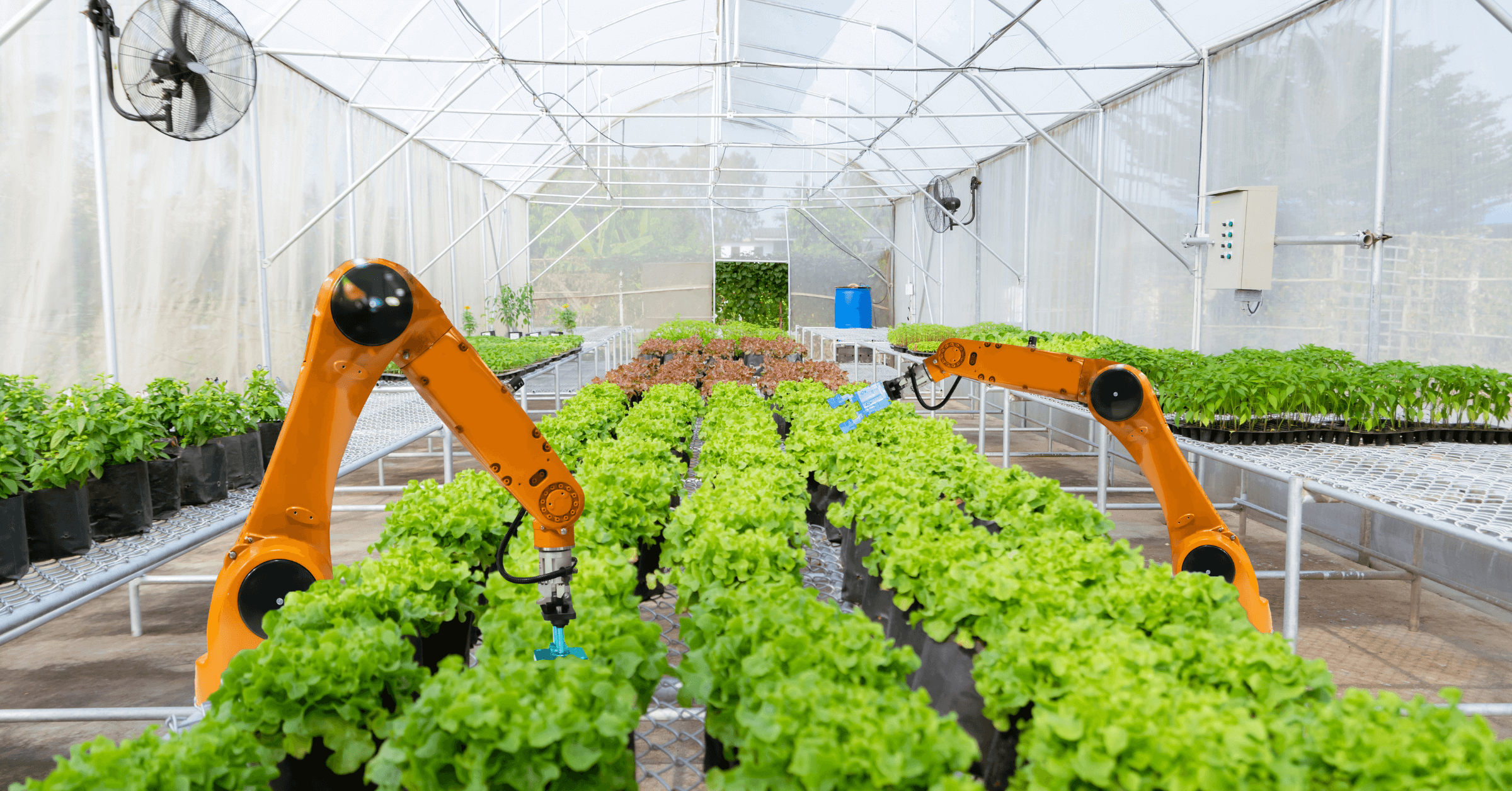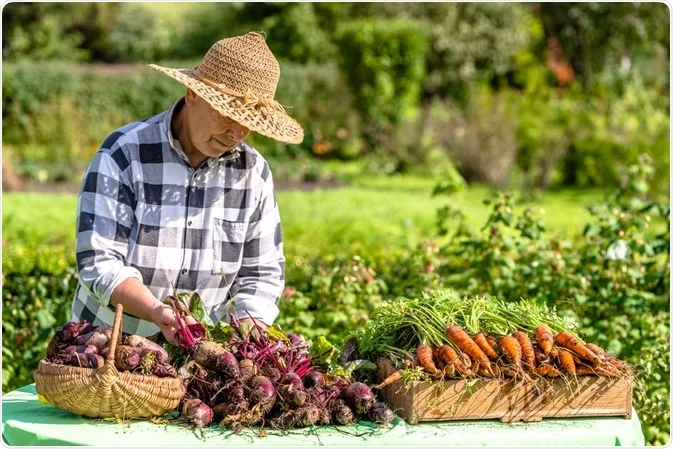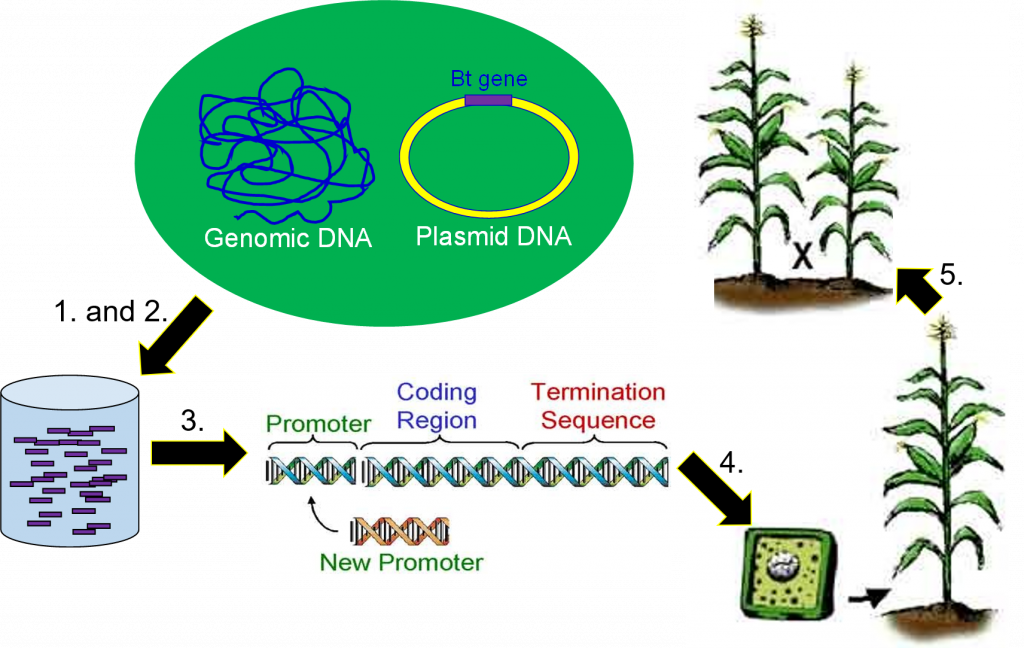The Role of Technology in Sustainable Agriculture
Technology plays a critical role in sustainable agriculture, as it can help improve efficiency, reduce waste, and minimize the environmental impact of farming practices. Sustainable agriculture is focused on producing food in an environmentally, economically, and socially sustainable way, and technology can help achieve these goals.
The Benefits of Using Technology in Agriculture

There are numerous benefits of using technology in agriculture, including:
1. Increased efficiency
Technology can help farmers optimize their use of resources, such as water, fertilizer, and pesticides, by applying them only where and when needed. This can reduce waste and increase efficiency, leading to higher yields and lower costs.
2. Improved accuracy
Technology such as GPS mapping and precision sensors can help farmers accurately measure and track variables such as soil moisture, plant growth, and weather patterns. This can help farmers make more informed decisions about planting, irrigation, and harvesting.
3. Reduced environmental impact
By using technology to optimize farming practices, farmers can reduce their environmental impact by reducing the use of water, fertilizer, and pesticides. This can help protect soil health, reduce water pollution, and promote biodiversity.
4. Increased production
Technology such as genetic engineering and precision agriculture can help farmers produce more food using less land and resources. This can help address the growing demand for food as the world’s population grows.
5. Improved food safety
Technology can help improve food safety by tracking products from farm to table and identifying potential sources of contamination. This can help prevent foodborne illness outbreaks and ensure consumers can access safe and nutritious food.
Overall, technology has the potential to play a critical role in improving agriculture’s sustainability, efficiency, and productivity. By continuing to invest in research and development, we can develop new and innovative technologies that can help address the food system’s challenges and ensure a more sustainable future for agriculture.
How Technology Is Used in Sustainable Agriculture
Here are some examples of how technology is used in sustainable agriculture:
Precision Agriculture
Precision agriculture is a farming practice that uses technology to optimize crop production and reduce waste. It involves collecting and analyzing data on soil conditions, weather patterns, and plant growth to make informed decisions about planting, fertilizing, and harvesting crops. Here are some examples of how precision agriculture works:
1. Sensors
Precision agriculture uses sensors to collect data on soil moisture, temperature, and nutrient levels. This data can determine when and where to apply fertilizers and other inputs, reducing waste and improving crop yields.
2. GPS mapping
GPS mapping is used to accurately map fields and track the movement of equipment during planting and harvesting. This can help farmers optimize their use of land and reduce waste.
3. Drones
Drones can collect aerial images of fields, providing farmers with detailed information on crop growth and health. This can help farmers identify areas of the field that need more attention and reduce the use of pesticides and fertilizers.
4. Variable rate technology
Variable rate technology involves applying inputs such as fertilizer and pesticides at variable rates based on specific soil and crop conditions. This can reduce waste and improve crop yields.
5. Automated equipment
Automated equipment such as tractors and irrigation systems can be programmed to perform specific tasks at specific times, reducing the need for manual labor and improving efficiency.
Overall, precision agriculture can help farmers reduce waste, optimize their use of resources, and improve crop yields. By collecting and analyzing data on soil conditions, weather patterns, and crop growth, farmers can make more informed decisions about planting, fertilizing, and harvesting crops. This can lead to a more sustainable and productive food system.
Organic Farming

Technology can play an important role in organic farming by improving efficiency, reducing waste, and promoting sustainability. Here are some examples of how technology is used in organic farming:
1. Biological pest control
Organic farmers use biological pest control methods, such as beneficial insects and crop rotation, instead of synthetic pesticides to control pests and diseases. Technology can help farmers identify and monitor pest populations and automate the release of beneficial insects.
2. Organic certification
Technology can help organic farmers manage the certification process by tracking and documenting their farming practices. This can help ensure compliance with organic regulations and make the certification process more efficient.
3. Soil conservation
Technology can be used to promote soil conservation in organic farming. For example, precision irrigation systems can help reduce water use and prevent soil erosion. In contrast, cover crop sensors can help farmers determine the best time to plant cover crops to improve soil health.
Overall, technology can help organic farmers improve efficiency, reduce waste, and promote sustainability. By using technology to optimize their farming practices, organic farmers can reduce their environmental impact and produce healthy, nutritious food for consumers.
Genetic Engineering

Genetic engineering is a technology that involves manipulating the DNA of organisms to create new traits or enhance existing ones. In agriculture, genetic engineering can be used to develop crops that are more resistant to pests and diseases, require less water and fertilizer, and have higher yields. Here are some examples of how technology is used in genetic engineering:
1. Gene editing
Gene editing is a technique that allows scientists to make precise changes to an organism’s DNA. This can introduce new traits into crops, such as disease resistance or drought tolerance.
2. Marker-assisted selection
Marker-assisted selection involves using genetic markers to identify desirable traits in crops. This can help breeders develop new varieties of crops that are more resistant to pests and diseases, require less water and fertilizer, and have higher yields.
3. Genetically modified organisms (GMOs)
GMOs are organisms whose DNA has been altered using genetic engineering techniques. In agriculture, GMOs create crops resistant to pests and diseases, require less water and fertilizer, and have higher yields. However, there are concerns about GMOs’ environmental and health impacts, and their use is controversial in some parts of the world.
4. Synthetic biology
Synthetic biology involves designing and creating new biological systems from scratch. This can be used to develop new crops that are more resistant to pests and diseases, require less water and fertilizer, and have higher yields.
Overall, genetic engineering can help improve agriculture’s efficiency, productivity, and sustainability. By developing crops that are more resistant to pests and diseases, require less water and fertilizer, and have higher yields, genetic engineering has the potential to help address the challenges facing the food system and ensure a more sustainable future for agriculture. However, there are also concerns about the environmental and health impacts of genetic engineering, and it is important to consider the risks and benefits of this technology carefully.
Vertical Farming

Vertical farming involves growing crops in vertically stacked layers, using artificial lighting, controlled temperature and humidity, and a nutrient-rich solution instead of soil. It aims to produce high yields of fresh, nutritious food in a small space while reducing water use, pesticide use, and transportation costs. Here are some examples of how technology is used in vertical farming:
1. LED lighting
LED lighting provides the right spectrum of light for plant growth while reducing energy use and heat production. This can be customized to provide the right amount and type of light for each crop, maximizing growth and yield.
2. Hydroponic systems
Hydroponic systems use a nutrient-rich solution instead of soil to give plants the nutrients they need to grow. These systems can be customized to provide the right nutrients for each crop, reducing waste and maximizing yield.
3. Climate control
Climate control systems maintain the right temperature, humidity, and CO2 levels for plant growth. These systems can be customized to provide the ideal growing conditions for each crop, maximizing yield and quality.
4. Automation
Vertical farming systems are often highly automated, with sensors and algorithms controlling lighting, nutrient delivery, and climate control. This reduces labor costs and increases efficiency while providing precise control over growing conditions.
5. Data analysis
Data analysis monitors plant growth, nutrient levels, and other variables, allowing farmers to optimize growing conditions and maximize yields. This data can also identify and address disease outbreaks or nutrient deficiencies.
Overall, technology is critical in vertical farming by providing precise control over growing conditions, optimizing resource use, and increasing efficiency. By using technology to grow crops in a controlled environment, vertical farmers can produce high fresh, nutritious food yields while minimizing their environmental impact.
Challenges of Using Technology in Sustainable Agriculture
While technology has the potential to play an important role in sustainable agriculture, there are also several challenges associated with its use. Here are some of the challenges of using technology in sustainable agriculture:
1. Cost
Many sustainable agriculture technologies, such as precision agriculture tools and renewable energy systems, can be expensive. This can be a barrier for small-scale and low-income farmers, who may not have the resources to invest in these technologies.
2. Access
Some sustainable agriculture technologies, such as advanced sensors and data analysis tools, require high-speed internet and other digital infrastructure. This can challenge farmers in rural areas or developing countries, where access to these resources may be limited.
3. Complexity
Some sustainable agriculture technologies, such as precision agriculture tools and renewable energy systems, can be complex and require specialized knowledge and skills. This can be a challenge for farmers who may not have the technical expertise to use these technologies effectively.
4. Dependence on technology
While technology can improve efficiency and reduce waste, it can also create a dependence on technology that can be problematic if it fails or is unavailable. This can be a challenge for farmers in developing countries, who may not have access to reliable electricity or other infrastructure.
5. Environmental impact
While sustainable agriculture technologies are designed to reduce environmental impact, some technologies may have unintended consequences. For example, producing some renewable energy systems, such as solar panels and batteries, can be resource-intensive and generate waste.
Overall, while technology has the potential to play an important role in sustainable agriculture, it is important to carefully consider the costs, access, complexity, and potential environmental impacts of these technologies. By addressing these challenges, farmers can use technology to improve the sustainability and profitability of their farming operations.
Final Word
Overall, technology has the potential to play a critical role in sustainable agriculture by improving efficiency, reducing waste, and minimizing environmental impact. By continuing to invest in research and development, we can develop new and innovative technologies to help reduce greenhouse gas emissions and ensure a more sustainable food system for future generations.











